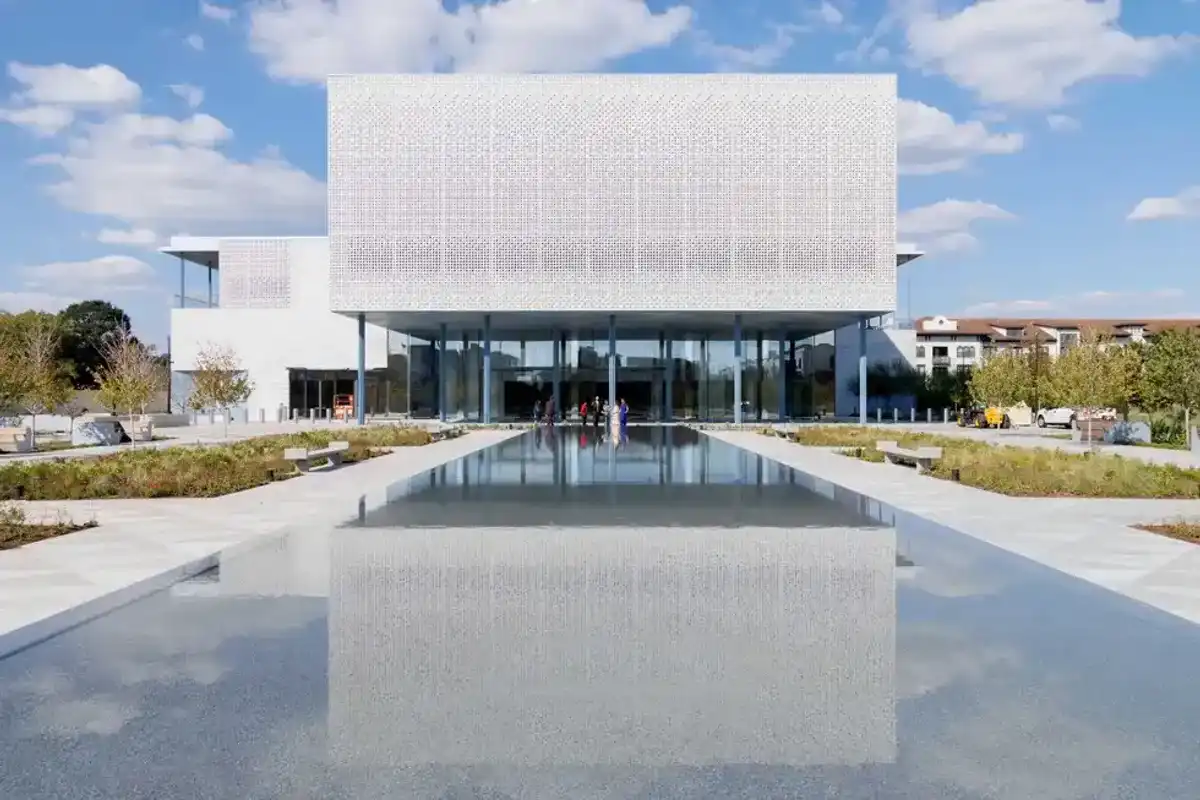Houston HR software startup rolls out platform at local hospital system
tapping into tech
More than 14,000 nurses at one of the largest nonprofit health care providers in Texas have access to a new skills and competency management software.
Kahuna Workforce Solutions has officially deployed its platform at Memorial Hermann Health System, consisting of 17 hospitals and more than 250 care delivery sites. The platform will streamline onboarding processes and increase transparency and accessibility for staff.
“Kahuna will enhance our clinical competency experience and fully aligns with our nursing strategy to optimize our processes, prioritize innovation and safety, and excel as a top provider of care and clinical advancement for clinicians,” Bryan Sisk, senior vice president and chief nursing executive for Memorial Hermann, says in a news release.
“Memorial Hermann is committed to the Houston community and helping to develop the next generation of nurses,” Sisk continues. “The Kahuna platform will help improve the transparency, autonomy and efficiency of our competency management and development processes for our nurses to better support them in their roles, while also ensuring we provide high-quality care for our patients.”
The rollout comes six months after the software-as-a-service company raised a $21 million series B round of funding.
“We are thrilled to work with Memorial Hermann as they enrich all aspects of their clinical competency management practices with Kahuna’s skills management software,” adds Jai Shah, CEO of Kahuna Workforce Solutions. “This collaboration unites two Houston-based organizations and demonstrates a joint commitment to enhancing the standard of health care through digitized competency management in our Houston community and far beyond.”





 2025 Houston Innovation Awards winners revealed at annual eventThe 2025 Houston Innovation Awards winners have been revealed. Courtesy photo
2025 Houston Innovation Awards winners revealed at annual eventThe 2025 Houston Innovation Awards winners have been revealed. Courtesy photo